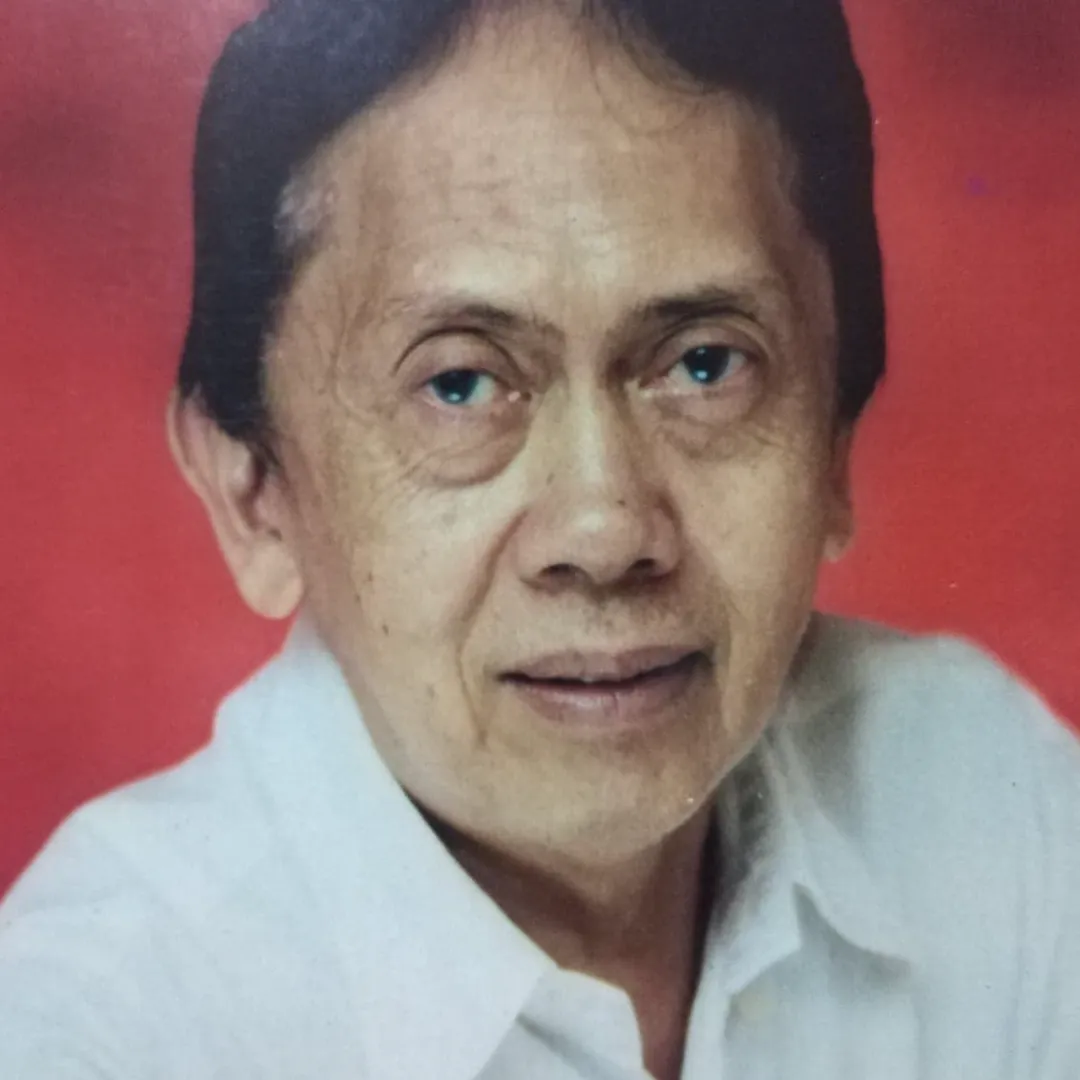
Fernando Sena
4 Artworks
Biography
Dubbed by the Philippine press as the "sublime poor man’s painter", Fernando Sena is best known for depicting themes that resonate with the ordinary Filipino: religious icons, pan de sal, the lowly barong-barong, a pile of assorted toys, the destitute, and scenes of a simple life. His pan de sal series is acknowledged to be the single largest body of work that immortalized the lowly bread of the common tao on canvas. The late art historian and critic Alice Guillermo wrote in 2003: “In his images of brown and toasted pan de sal piled beside a steaming cup of coffee or a saucer of sardines in tomato sauce, the artist seems to invite us to begin our day with a clear and brave heart, what the ordinary Filipino needs in his struggle for survival.”
Mr. Sena’s choice of subjects reflects his humble beginnings as well as his personal advocacy to call attention to the plight of the poor. His contribution to building a sense of Filipino nationhood goes beyond the artistic impact of the hundreds of works he has produced throughout his 47-year career. Through the many workshops he has conducted, mostly free of charge, he has also planted art in the consciousness of countless Filipinos from all walks of life, and enabled them to produce art and teach it.
No artist has perhaps reached a wider audience than Mr. Sena. Considered the “Father of Philippine Art Workshops,” he has been appearing in numerous radio and TV shows since the late 1970s, and—with the advent of social media—in YouTube videos, on Facebook and in blogs. In 2015 and 2016, he published two instructional books on drawing and painting. He has established several art groups that support his advocacy, such as KATAG, Dalusapi and the Buenas Artes Artist Group. His Art Discovery and Learning Foundation, Inc. has funded 11 scholars to the University of the Philippines College of Fine Arts–of this pool, six have already graduated, three of them cum laude. PPA also had Mr. Sena as our adviser since we incorporated under the Securities and Exchange Commission, together with our other adviser Fil Delacruz.
No living visual artist today has been able to contribute to shaping the mindset of the Filipino nation like Fernando B. Sena has. During the ASEAN Visual Arts and Education First Symposium and Workshop in November 1994, the Philippine panel in its country paper singularly cited his free workshops as the private initiative model for “Community-based, Non-Formal Art Education”.
In her foreword for the documentation for the said symposium, Carmen D. Padilla, then Commissioner and Executive Director of the National Commission for Culture and the Arts said, “…art education is very crucial to the molding of the young minds and to the development of the people of a nation – because the soul of the nation is its culture and art is the expression of the soul….”
On that basis alone, Fernando Sena’s immense contribution to art education in the Philippines and the development of Filipino soul and culture cannot be denied. Guillermo described Sena as “the most consistent, devoted and longest-lasting art teacher in the country today. No other than Fernando Sena holds the singular distinction of having awakened hundreds of children and adults to the joys and challenges of art for several decades now. For him, teaching art has been his mission in life since the early 1970s when it occupied—as it still does now—all his waking hours.”
Today, Fernando Sena paints and teaches, further cementing that singular distinction.
REMARKS ON THE NOMINATION OF FERNANDO SENA TO THE ORDER OF NATIONAL ARTIST
By Celeste Lecaroz, NomCom Head
